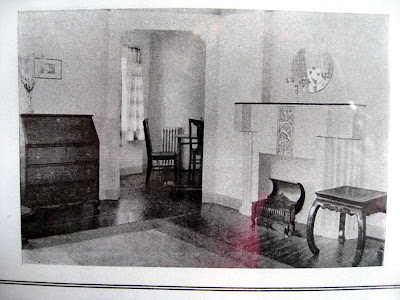When I got back from the UK some work I had produced for my BA(Hons) studies with JC School of Textile Arts, I put it out in the garden. It is a paper version of a men's suit jacket. Much like the paper possessions sold in Chinese funeral stores, I made a paper suit to return it back to nature as an obsolete, inappropriate garment for the contemporary male to wear since I found it was based on armour.
So far with all of the rain and fog there has not been much decay, just a bit of discolouration. The anachronistic male suit may be harder to get rid of than I thought.

The 'up' spring news is I spied our first spring flower yesterday. I feel as though the garden is waiting for just a small rise in temperature and it will burst into life. I have not been in this house in the spring so I am looking forward to it.
As part of spring and part of this module of work, I put threads out in the garden for the birds to take their pick while shopping for nest building supplies.

We get a lot of different birds visiting so i put out a variety of threads to suit every one's tastes.

We have a plant called charity that has been flowering all winter and as a result we have had regular visits from a variety of hummingbirds. We also saw a pileated woodpecker, well heard it hard at work before we saw it. Being a key ecosystem species, I was very pleased to see it because it means its activities allow a whole web of other fauna to visit and live on our property.






































